-
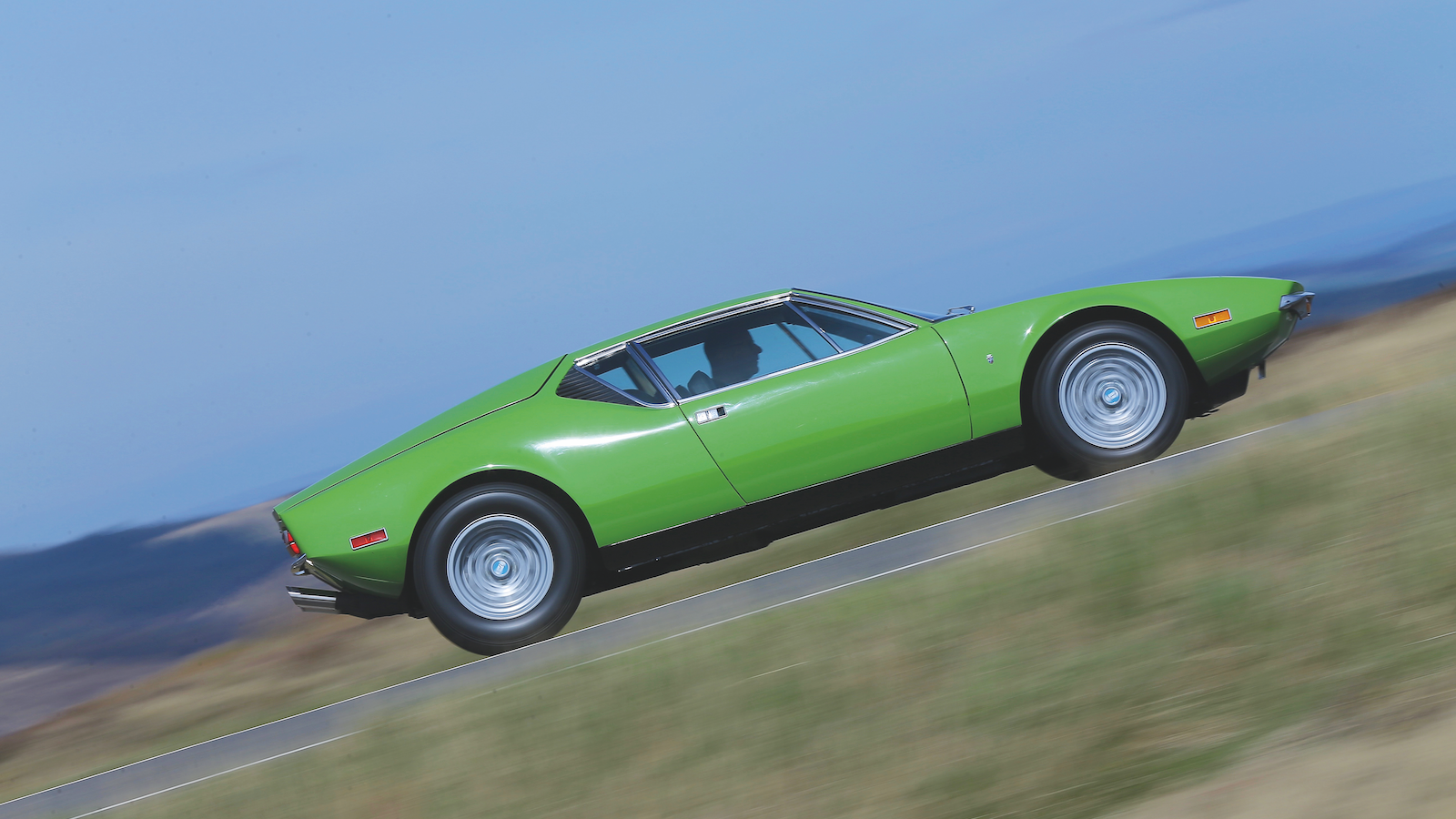 © Classic & Sports Car
© Classic & Sports Car -
 © Wikipedia
© Wikipedia -
 © David Merrett/Wikipedia
© David Merrett/Wikipedia -
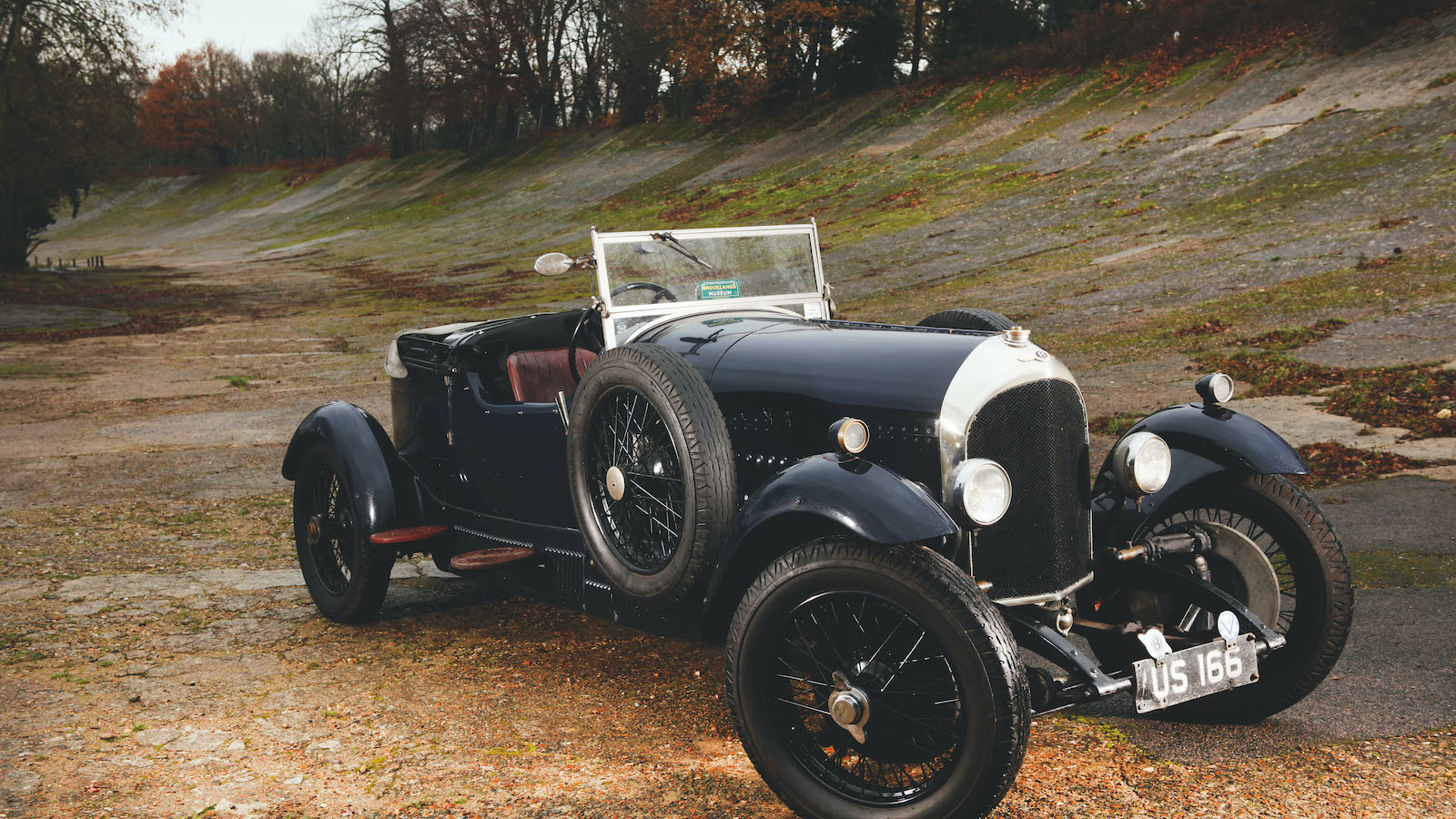 © Classic & Sports Car
© Classic & Sports Car -
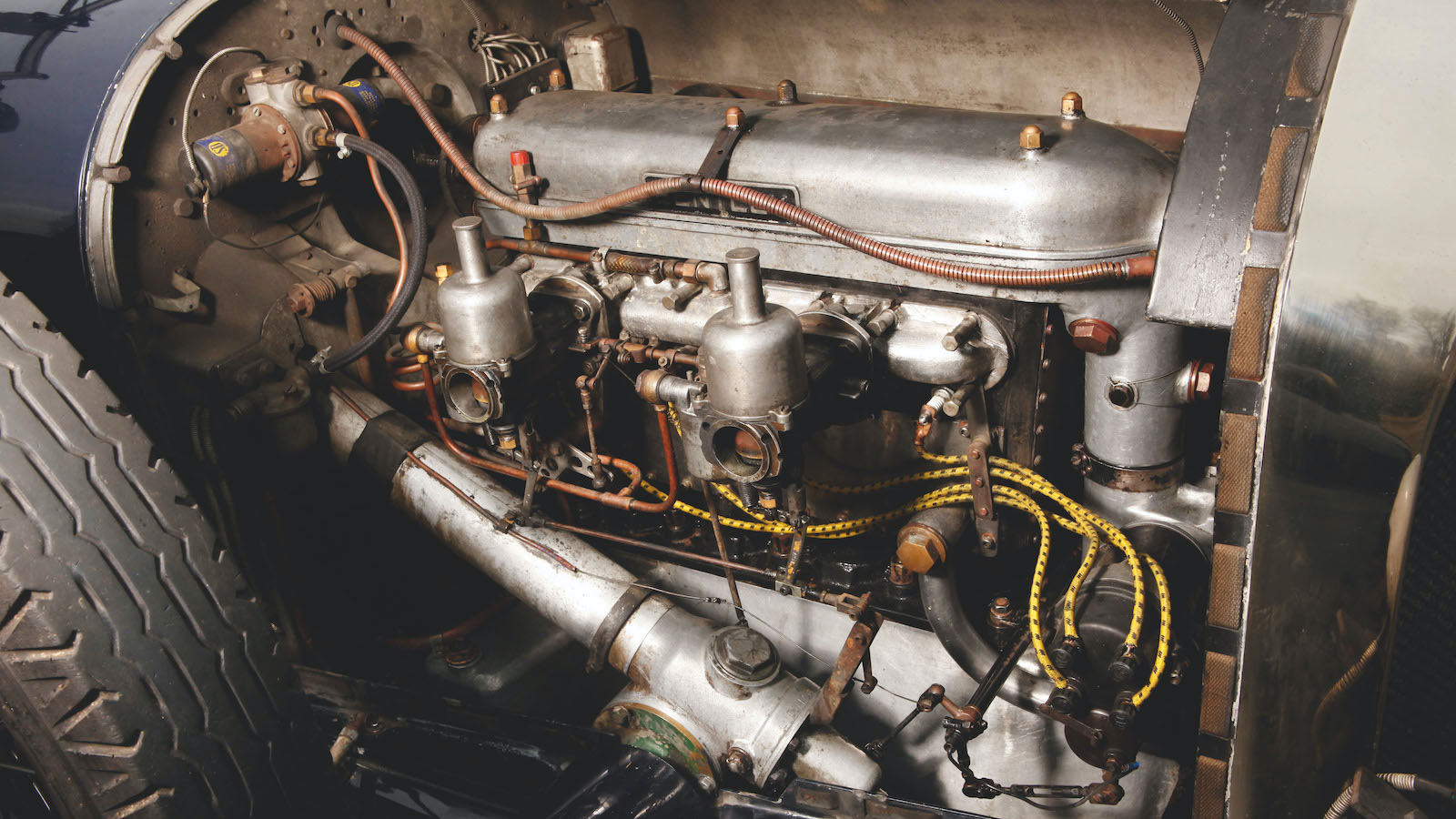 © Classic & Sports Car
© Classic & Sports Car -
 © Classic & Sports Car
© Classic & Sports Car -
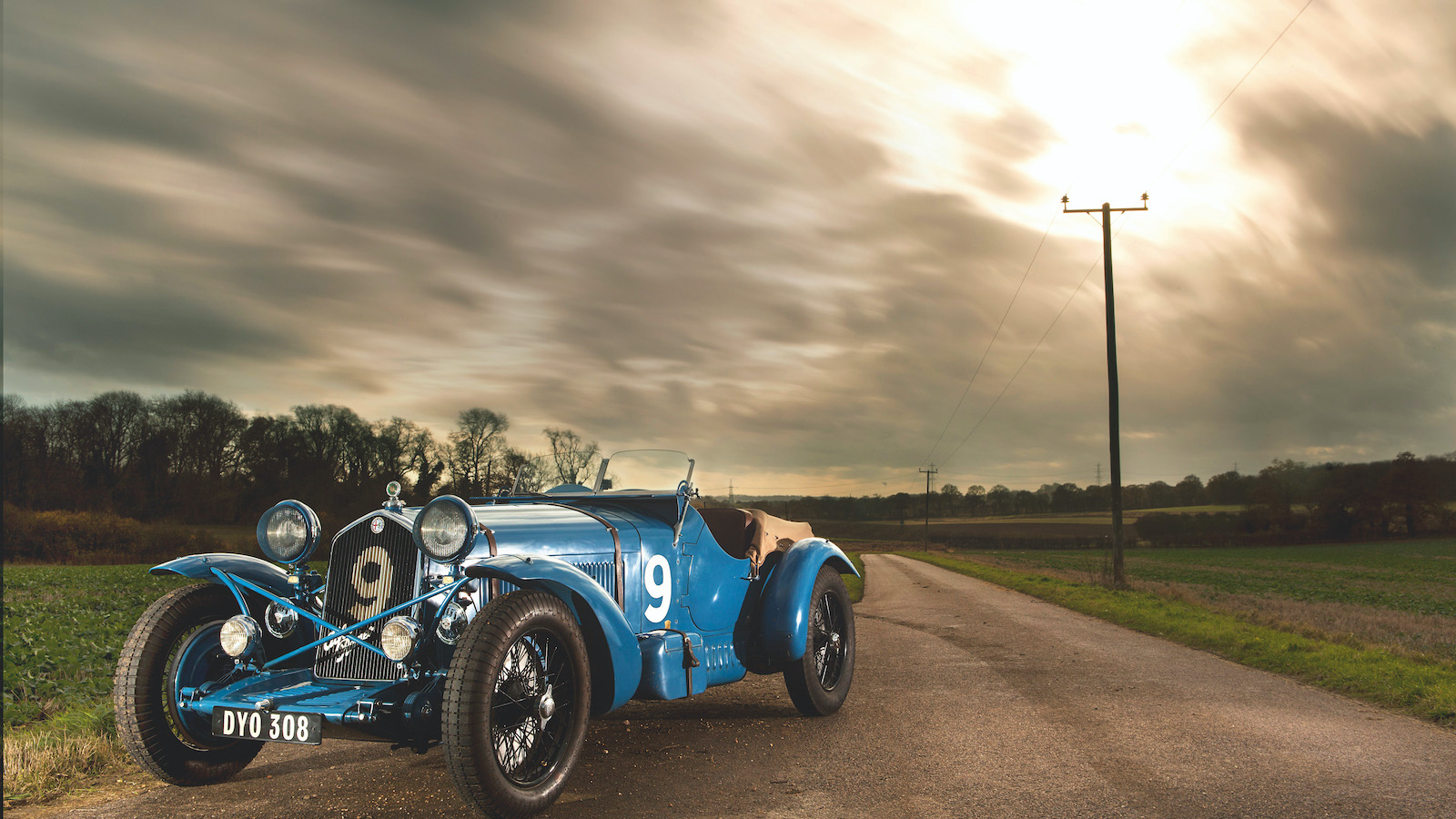 © Classic & Sports Car
© Classic & Sports Car -
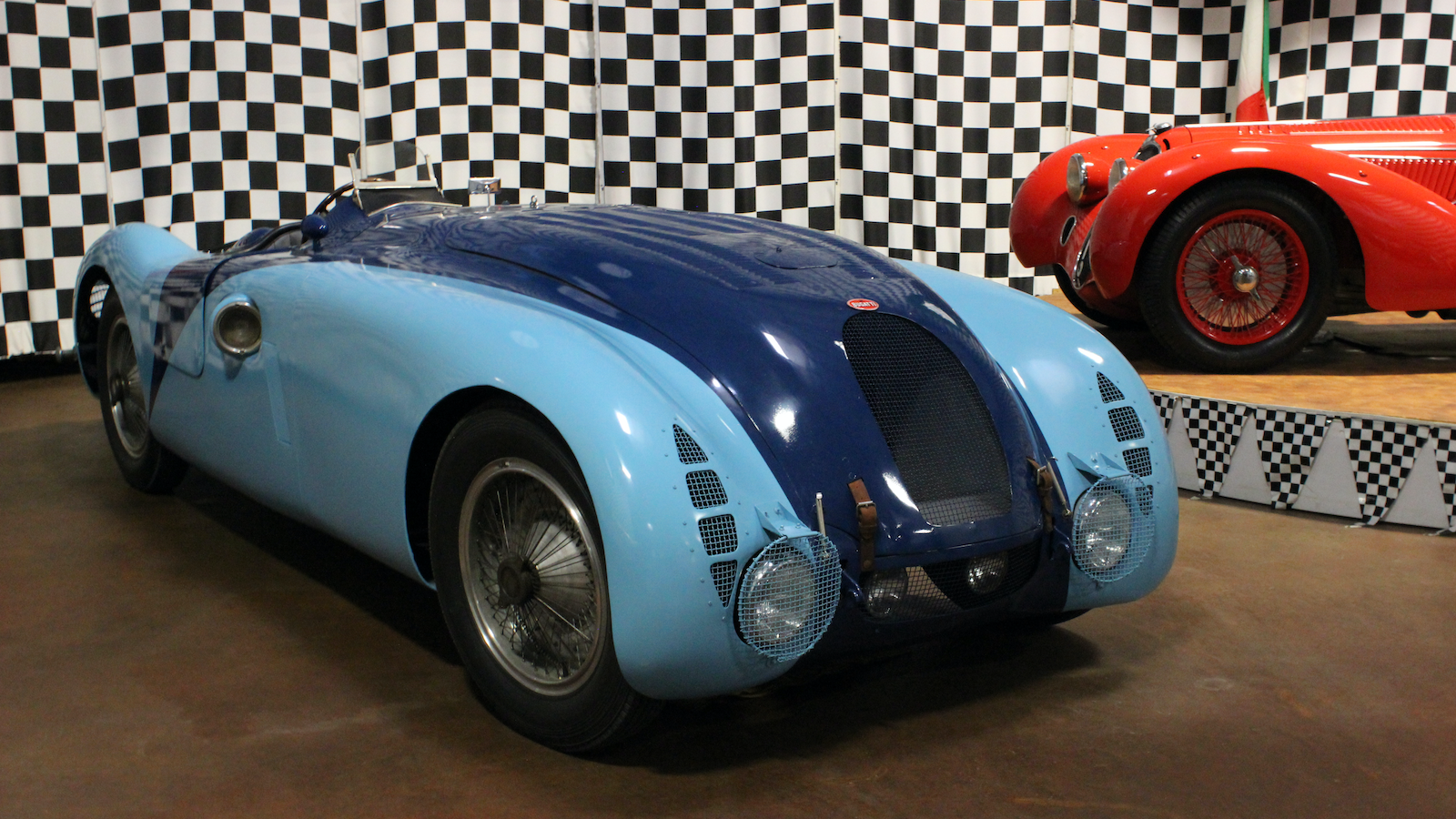 © ilikewaffles11/Wikipedia
© ilikewaffles11/Wikipedia -
 © RM Sotheby’s
© RM Sotheby’s -
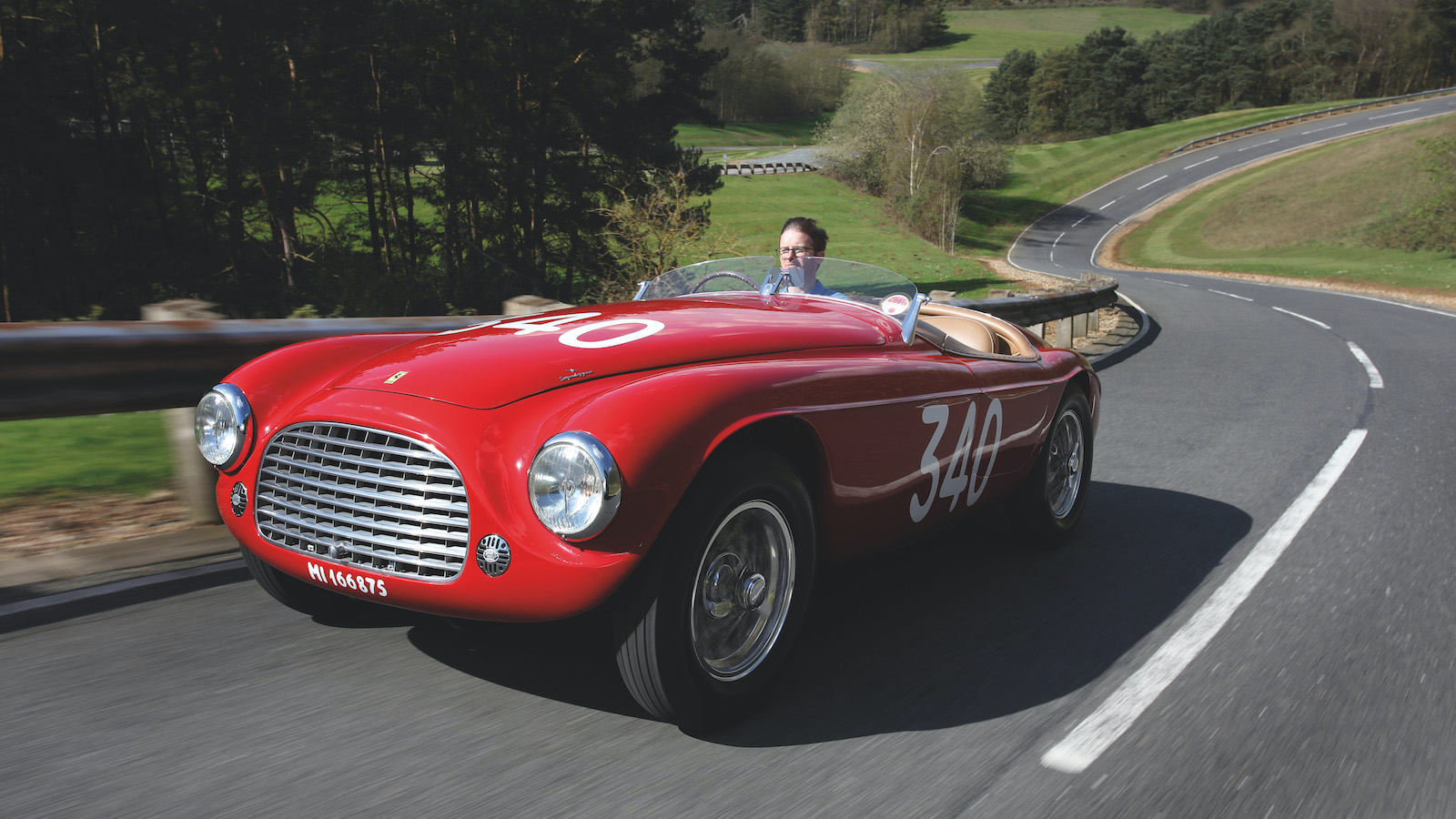 © Classic & Sports Car
© Classic & Sports Car -
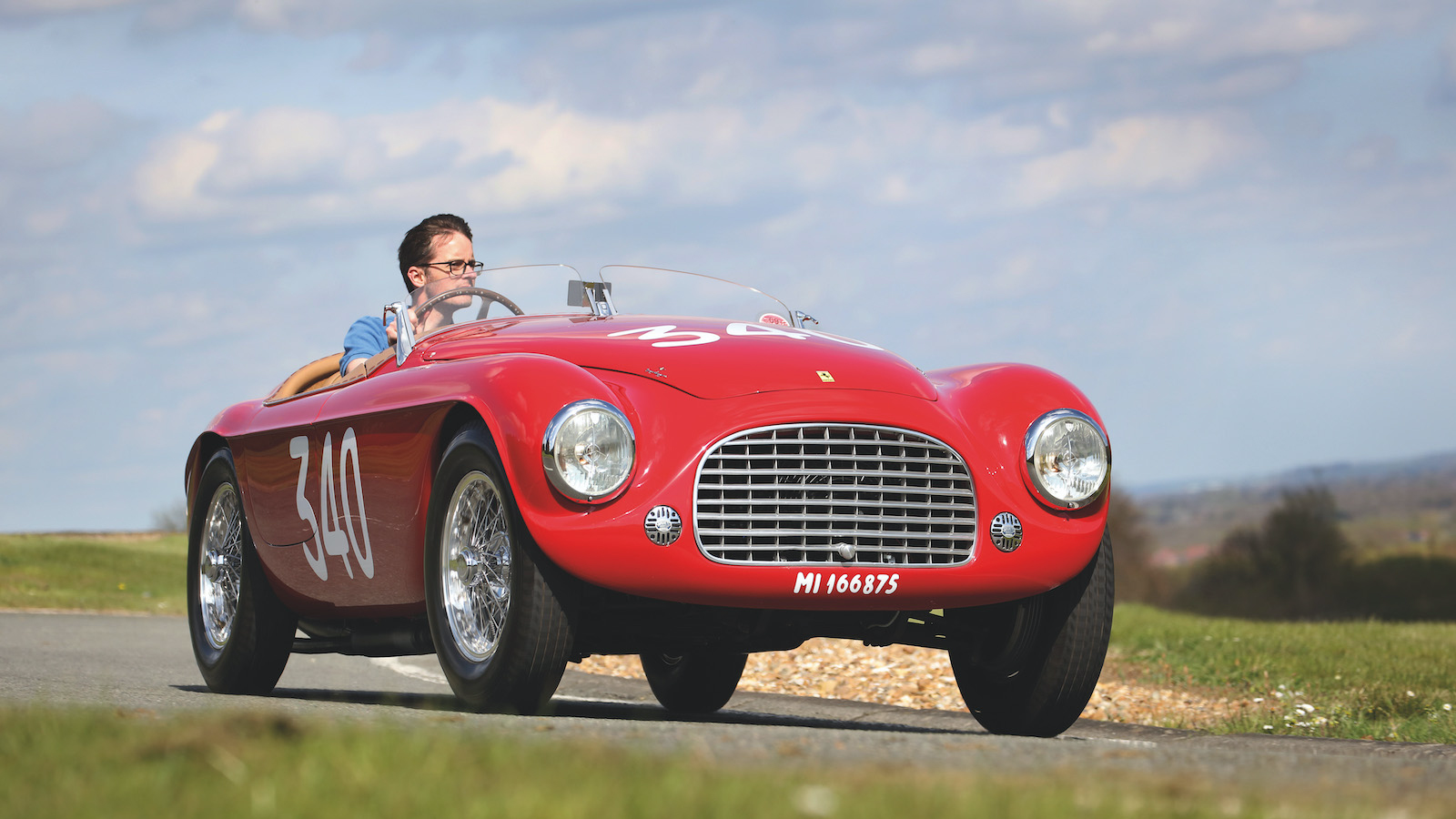 © Classic & Sports Car
© Classic & Sports Car -
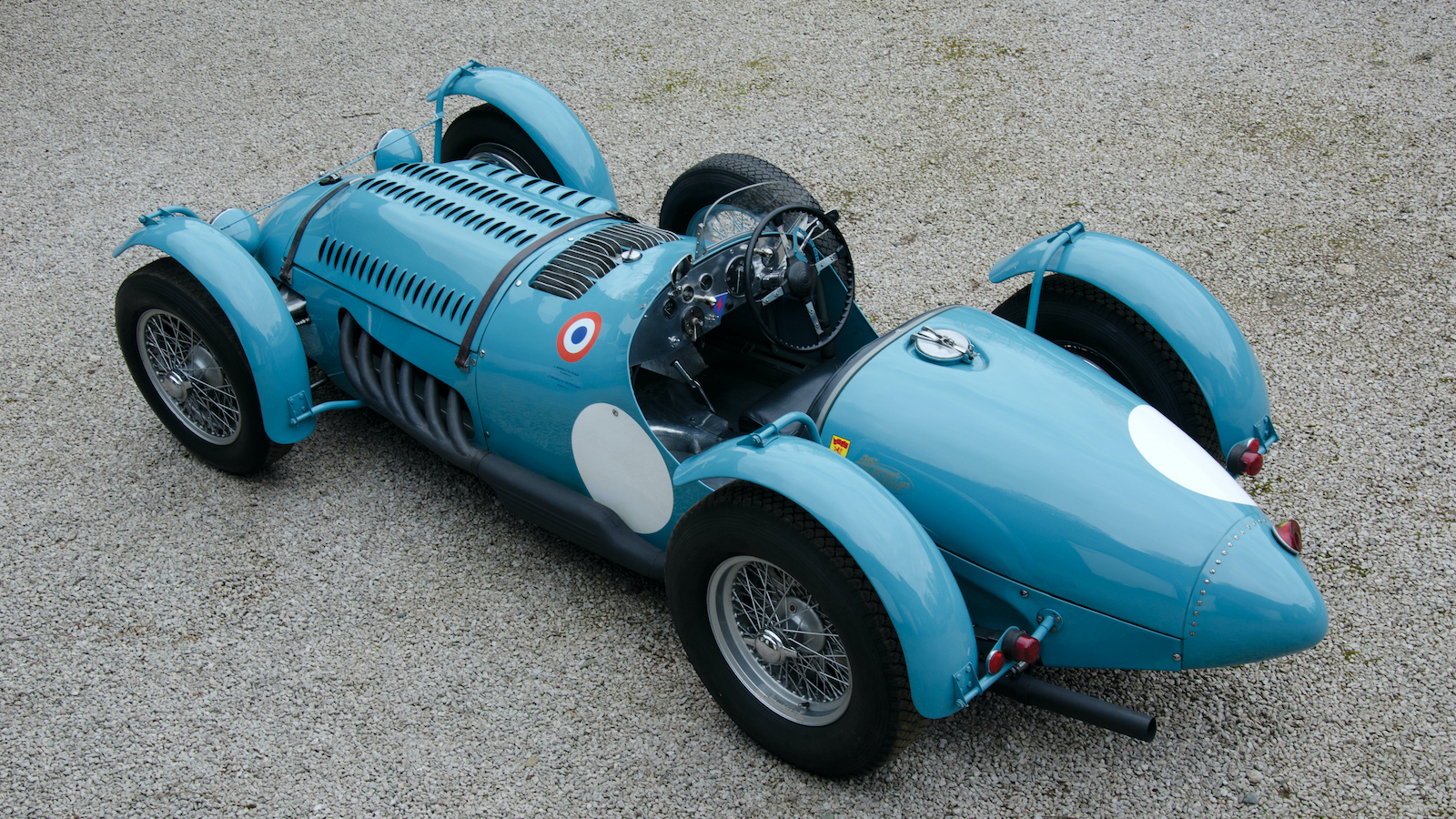 © RM Sotheby’s
© RM Sotheby’s -
 © RM Sotheby’s
© RM Sotheby’s -
 © Classic & Sports Car
© Classic & Sports Car -
 © Classic & Sports Car
© Classic & Sports Car -
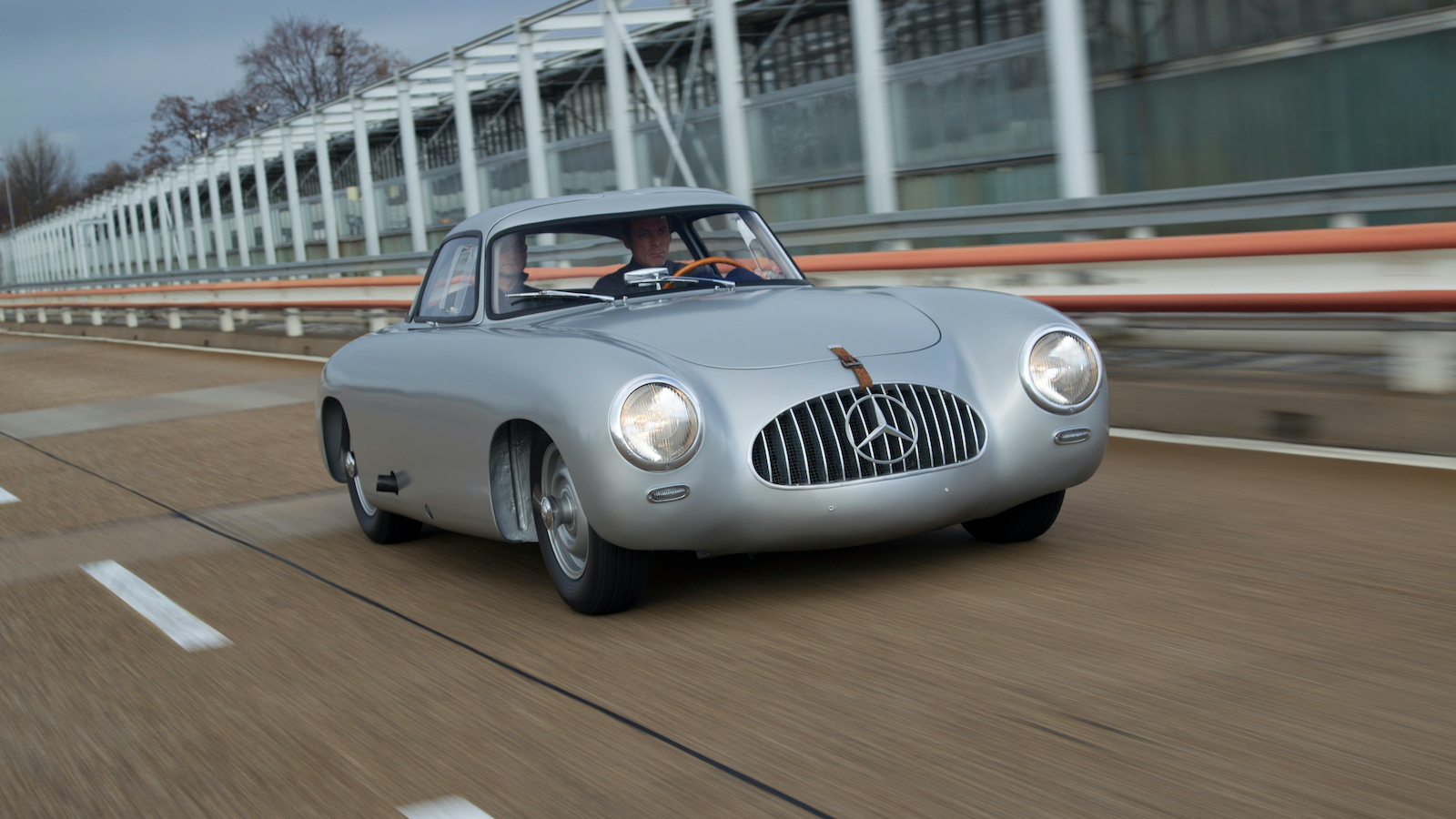 © Mercedes-Benz
© Mercedes-Benz -
 © Lububu93/Wikipedia
© Lububu93/Wikipedia -
 © Classic & Sports Car
© Classic & Sports Car -
 © Classic & Sports Car
© Classic & Sports Car -
 © Classic & Sports Car
© Classic & Sports Car -
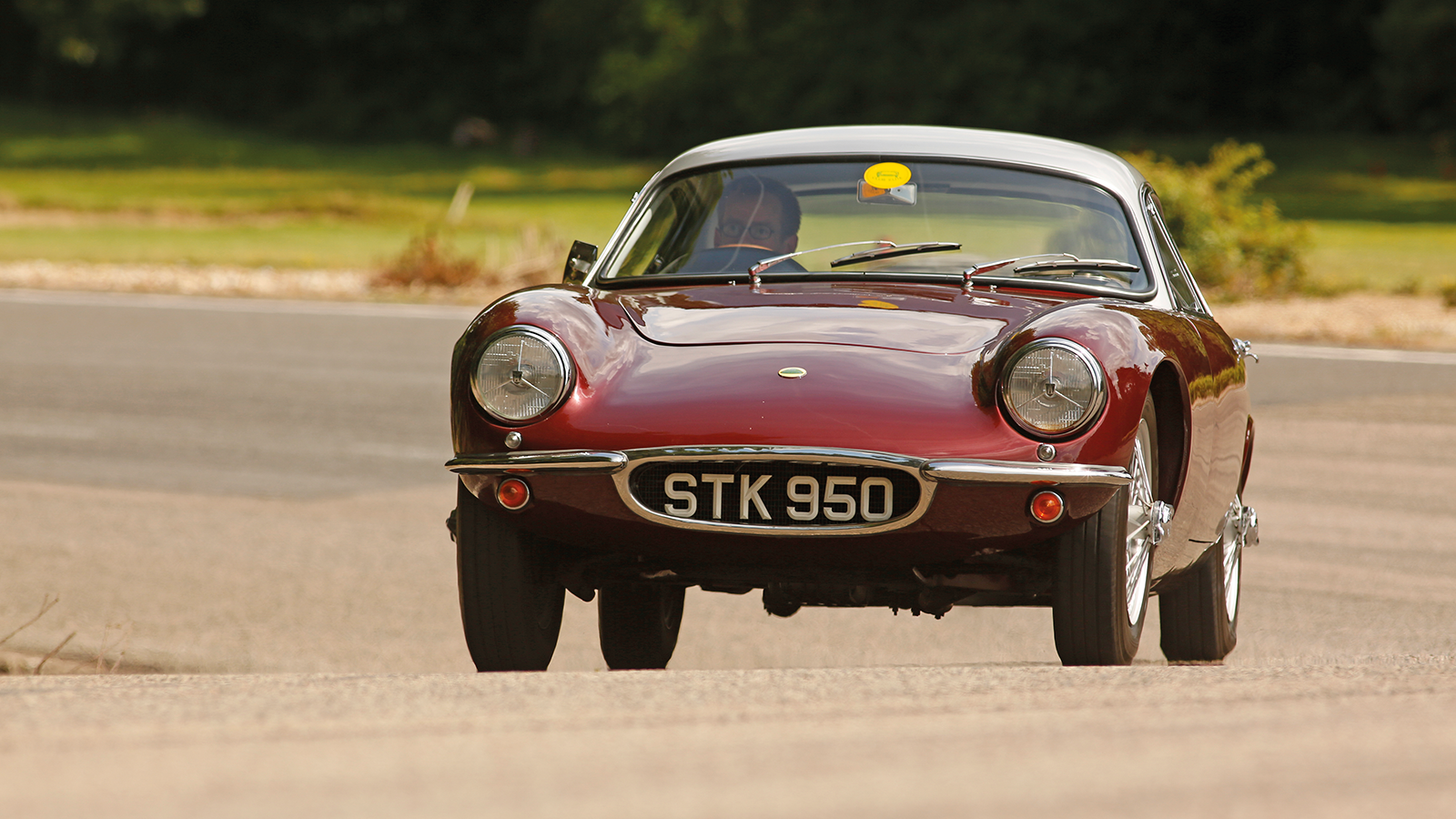 © Classic & Sports Car
© Classic & Sports Car -
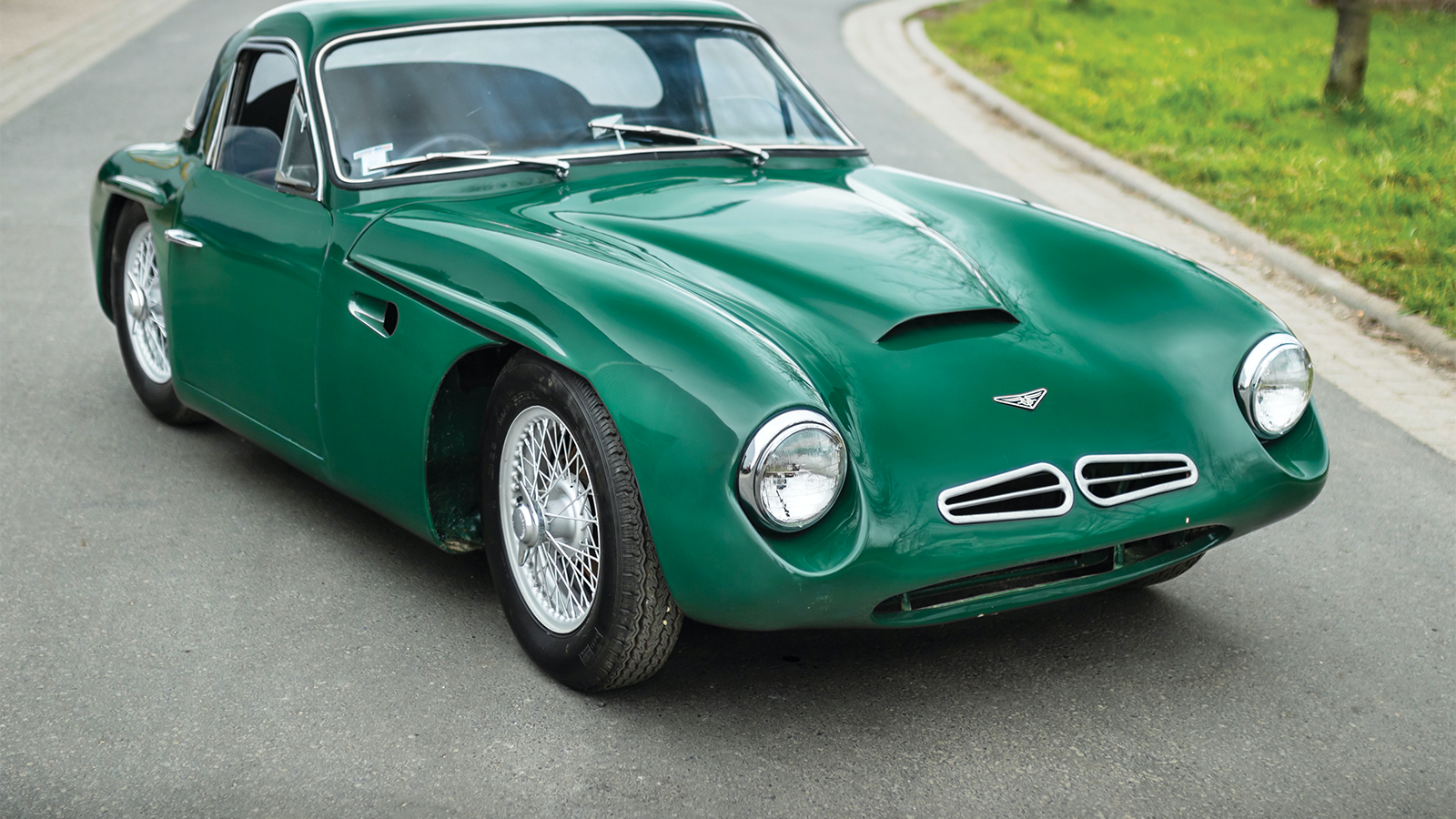 © RM Sotheby’s
© RM Sotheby’s -
 © RM Sotheby’s
© RM Sotheby’s -
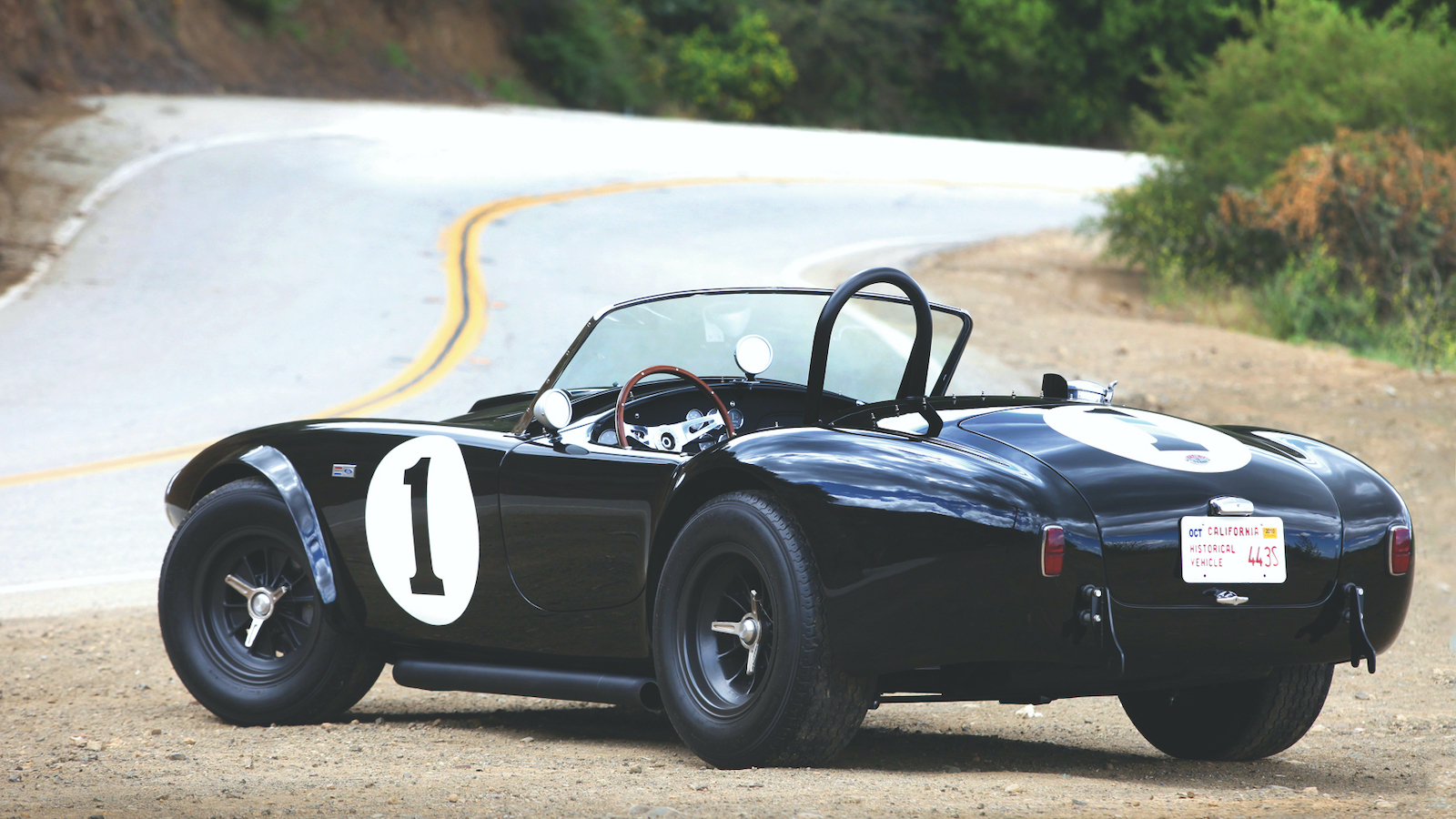 © Classic & Sports Car
© Classic & Sports Car -
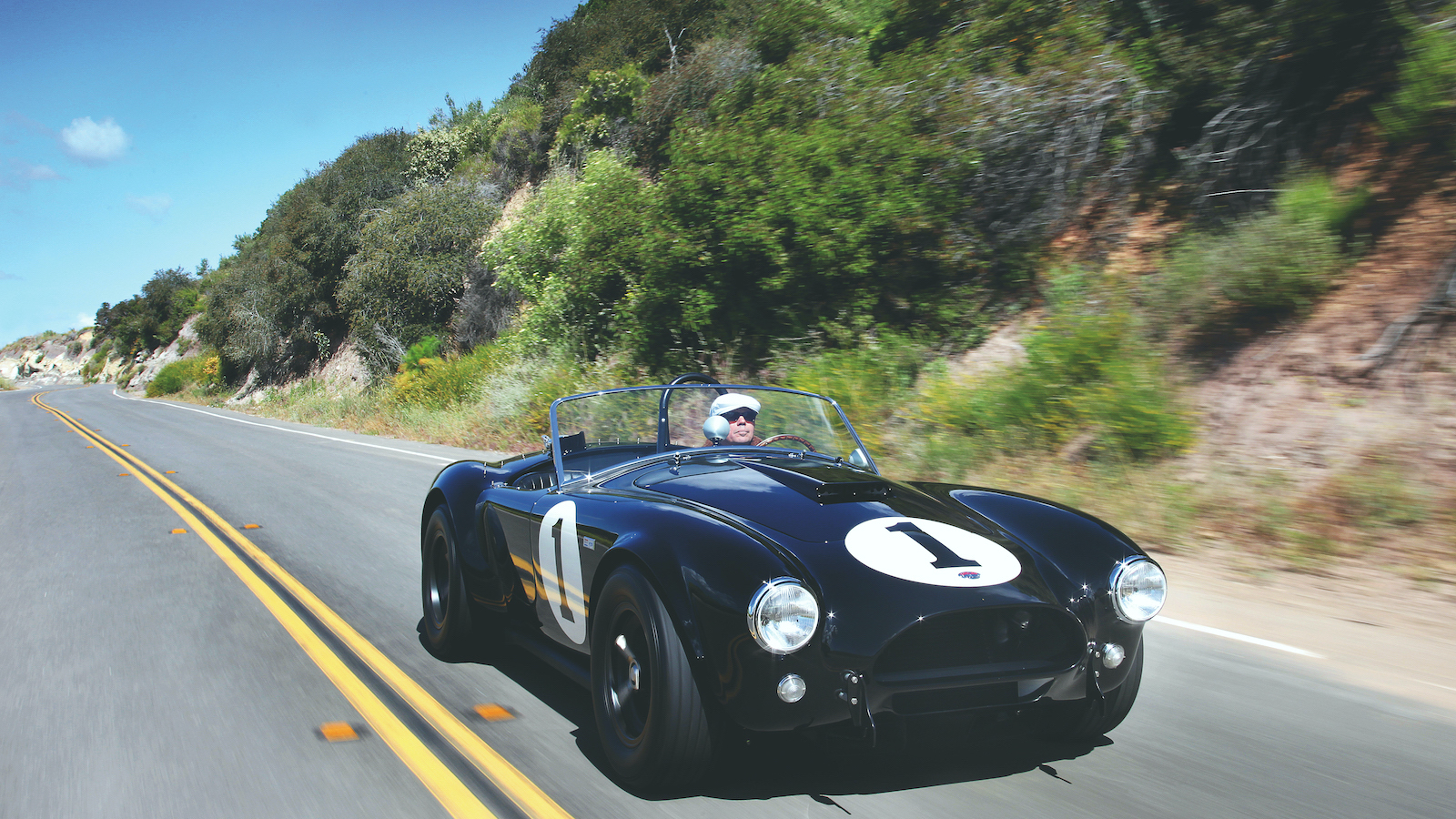 © Classic & Sports Car
© Classic & Sports Car -
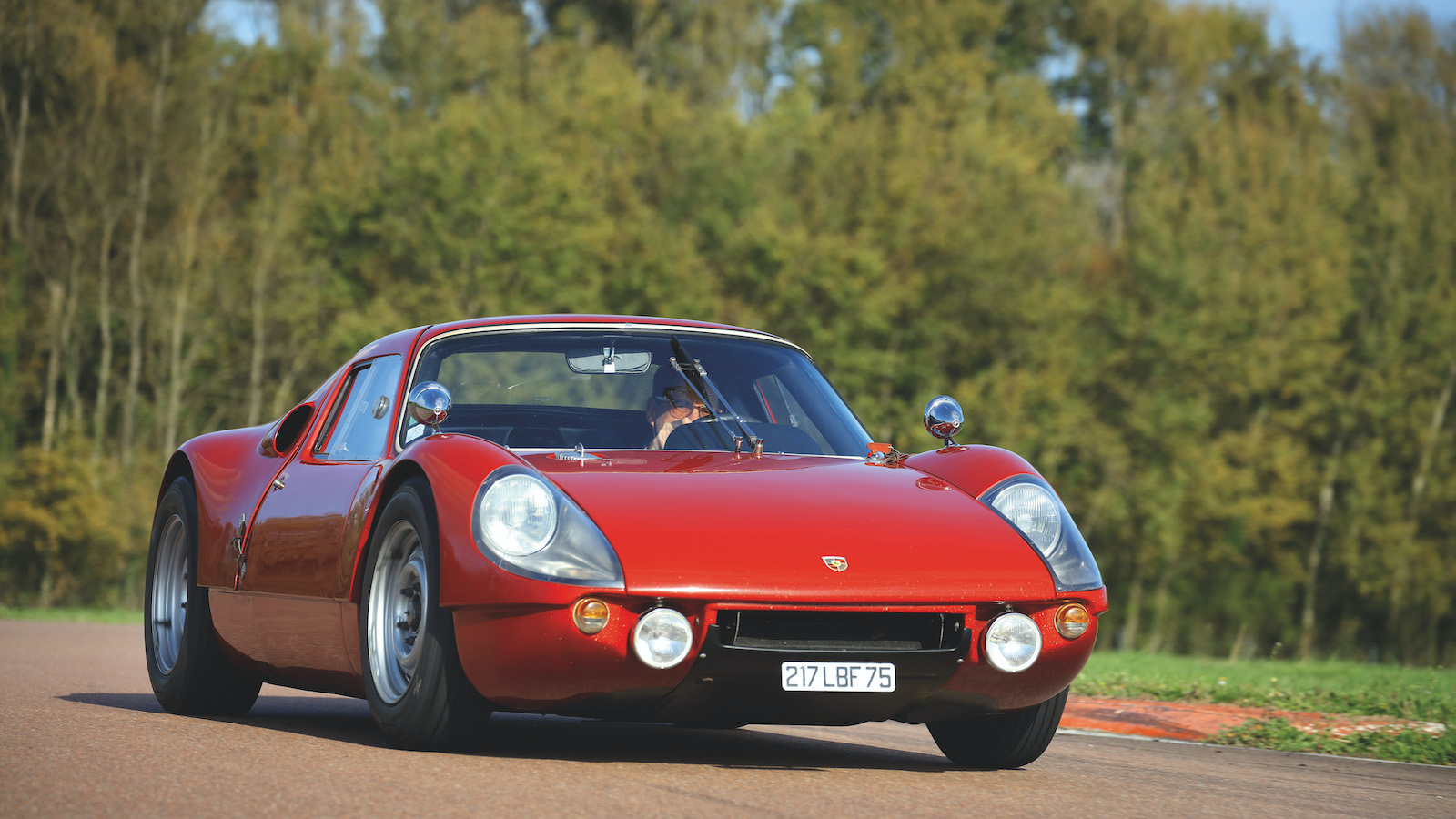 © Classic & Sports Car
© Classic & Sports Car -
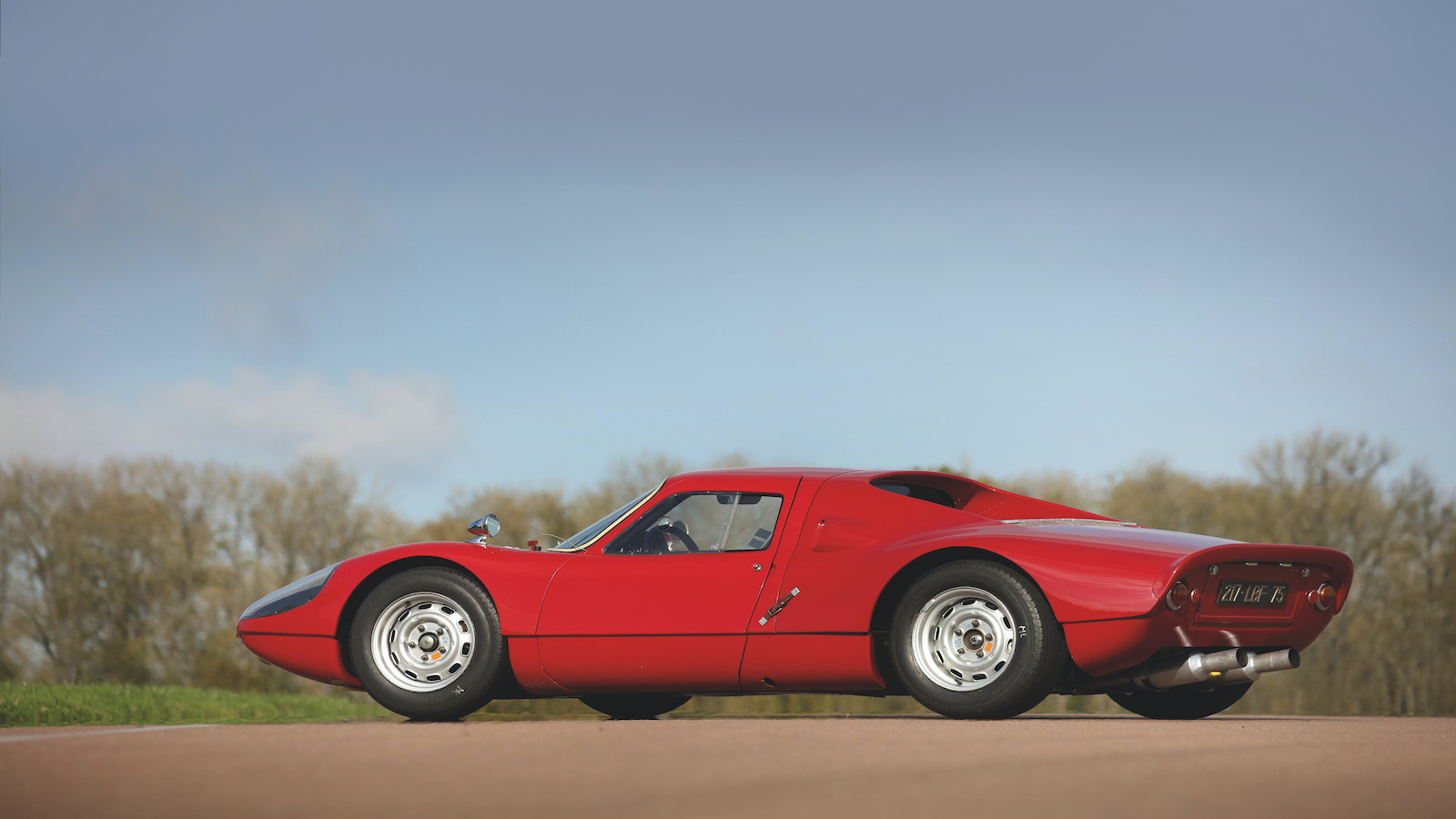 © Classic & Sports Car
© Classic & Sports Car -
 © Classic & Sports Car
© Classic & Sports Car -
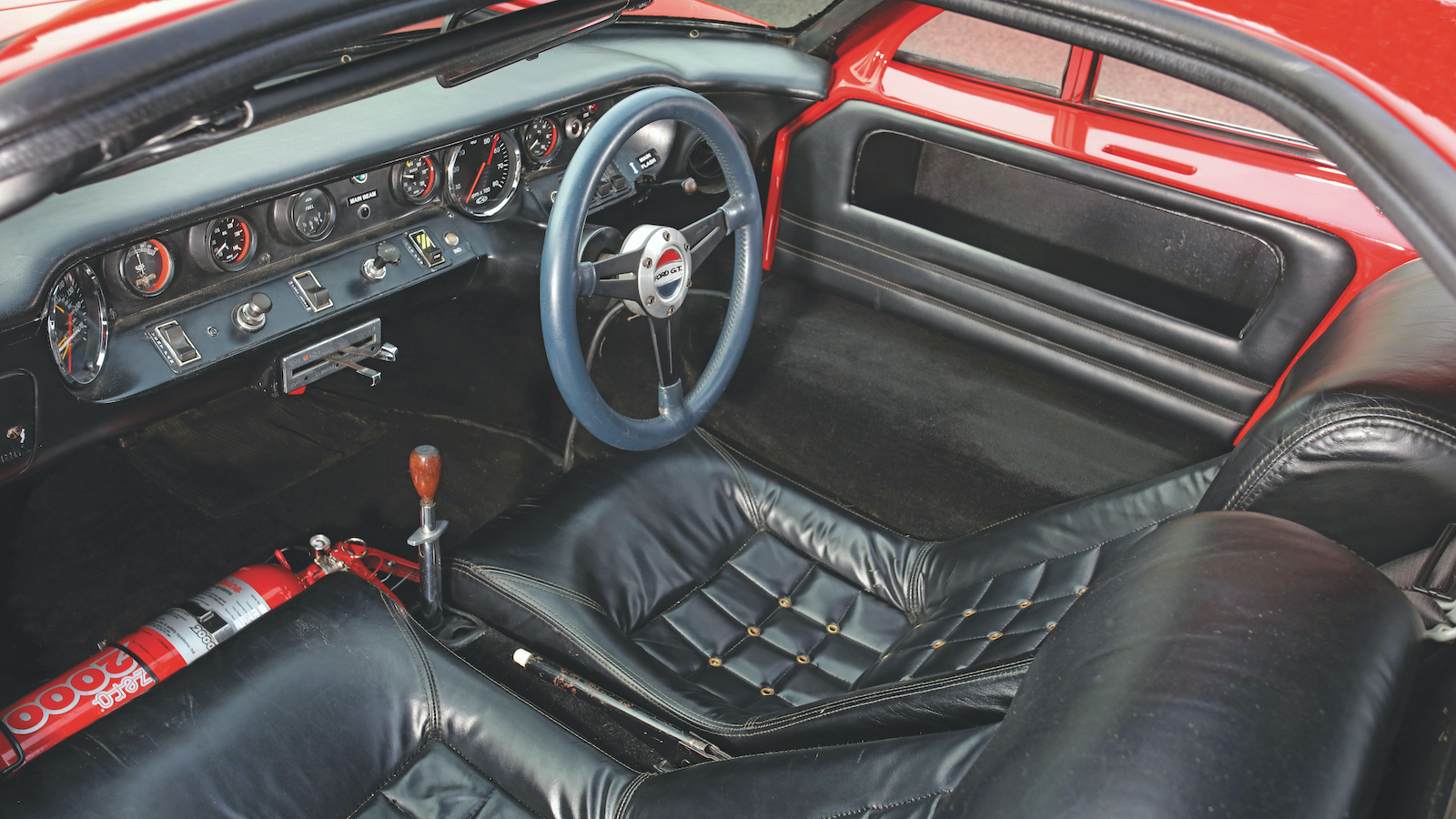 © Classic & Sports Car
© Classic & Sports Car -
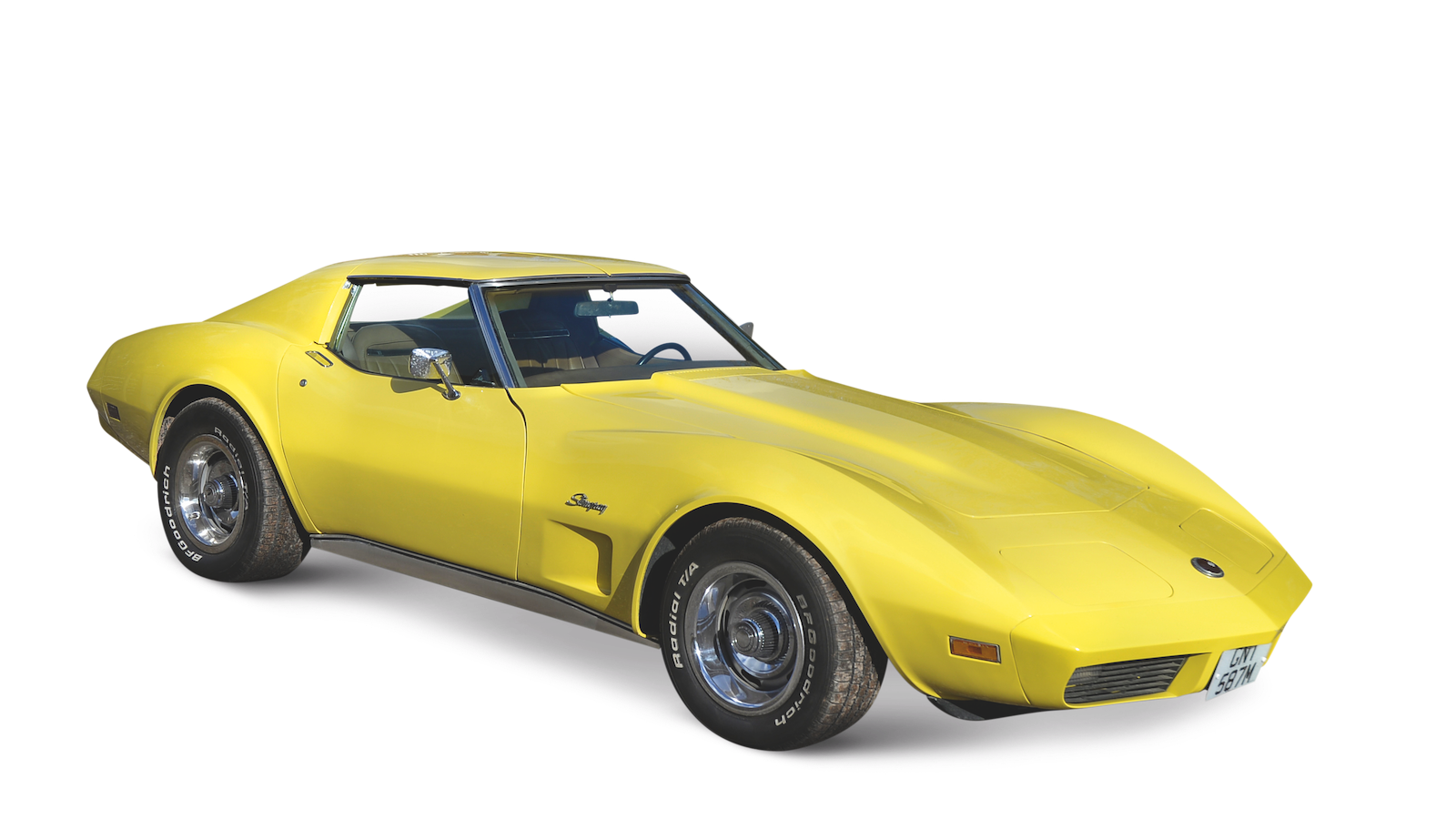 © Classic & Sports Car
© Classic & Sports Car -
 © Classic & Sports Car
© Classic & Sports Car -
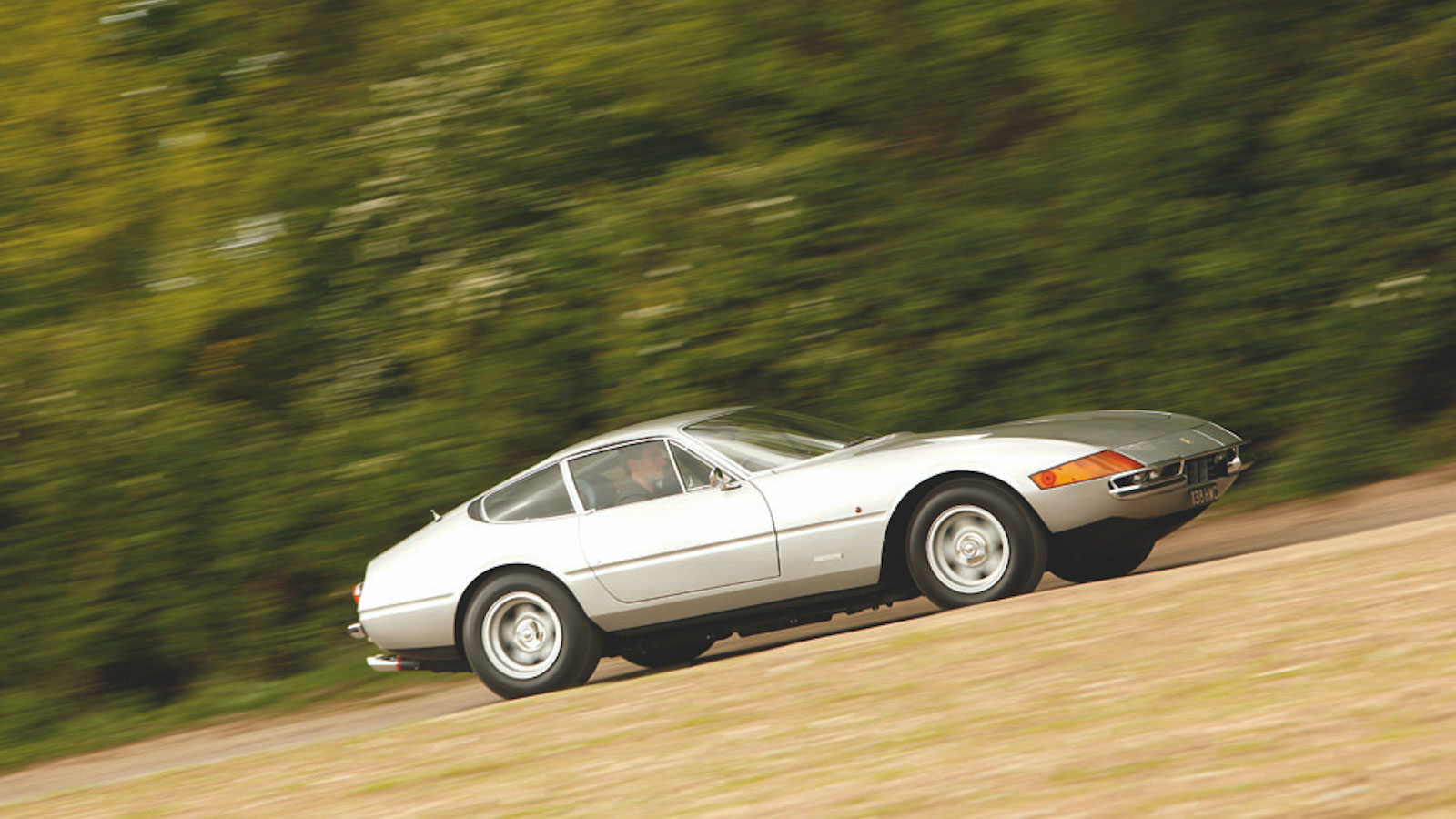 © Classic & Sports Car
© Classic & Sports Car -
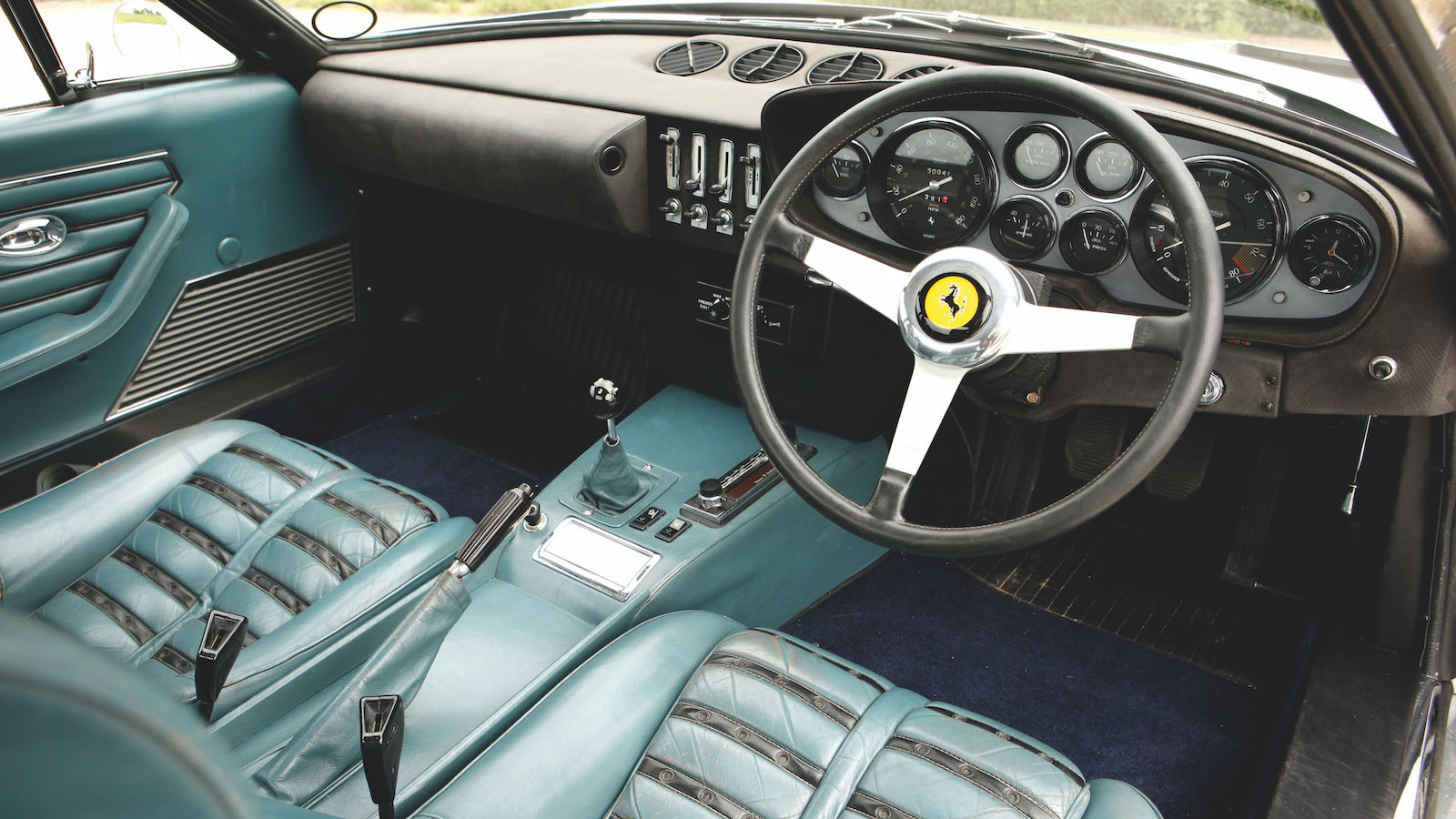 © Classic & Sports Car
© Classic & Sports Car -
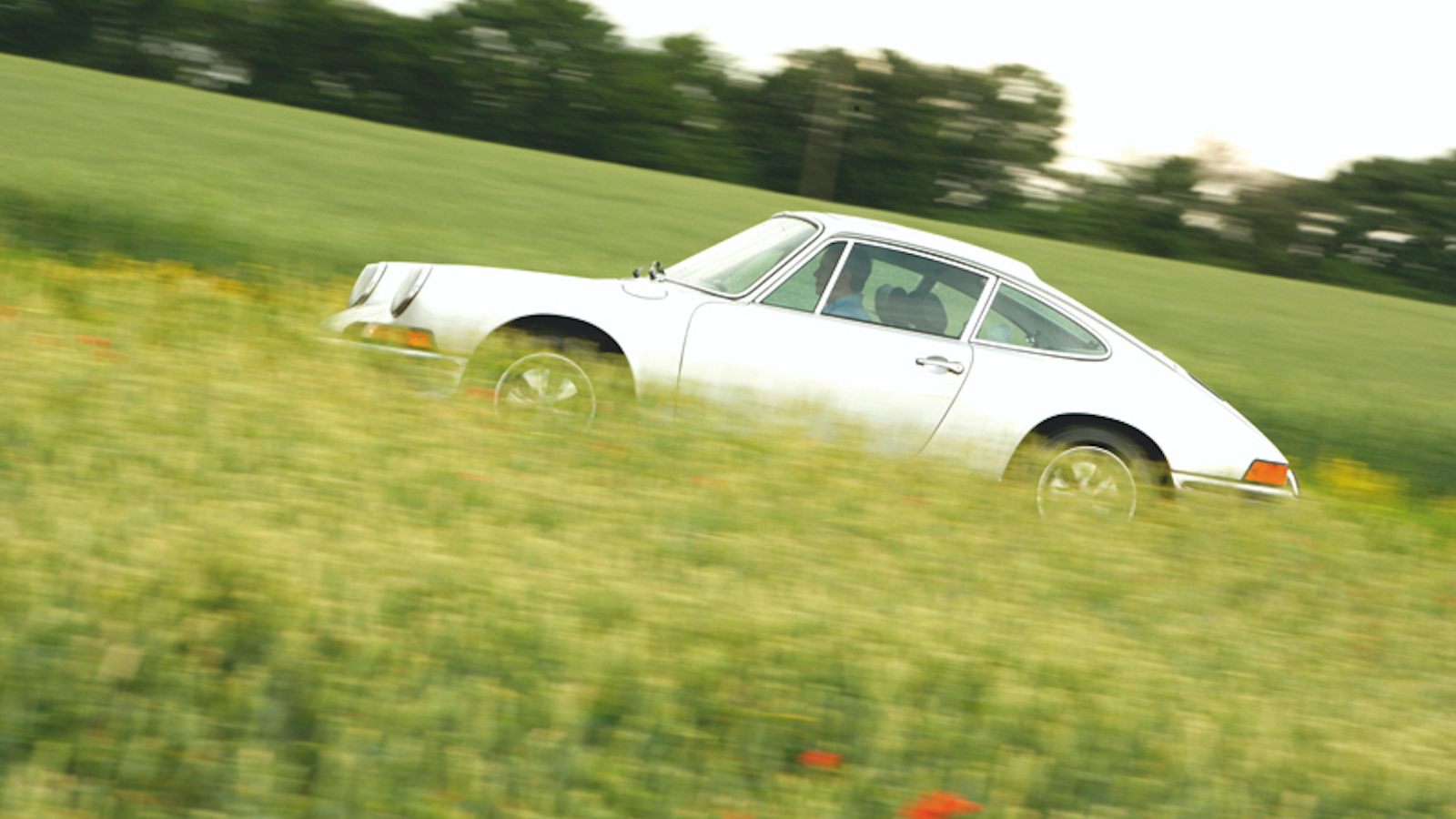 © Classic & Sports Car
© Classic & Sports Car -
 © Classic & Sports Car
© Classic & Sports Car -
 © Classic & Sports Car
© Classic & Sports Car -
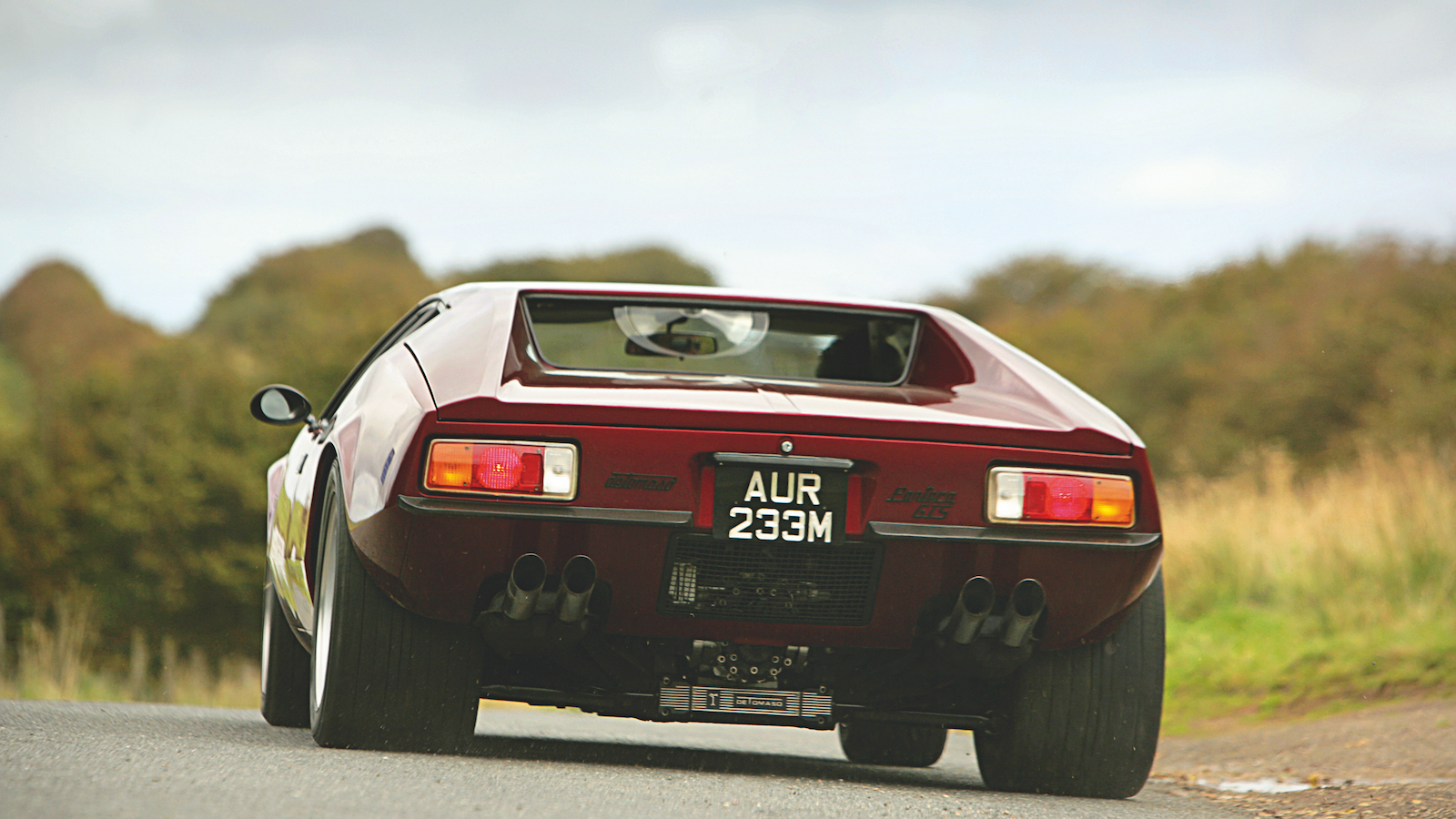 © Classic & Sports Car
© Classic & Sports Car -
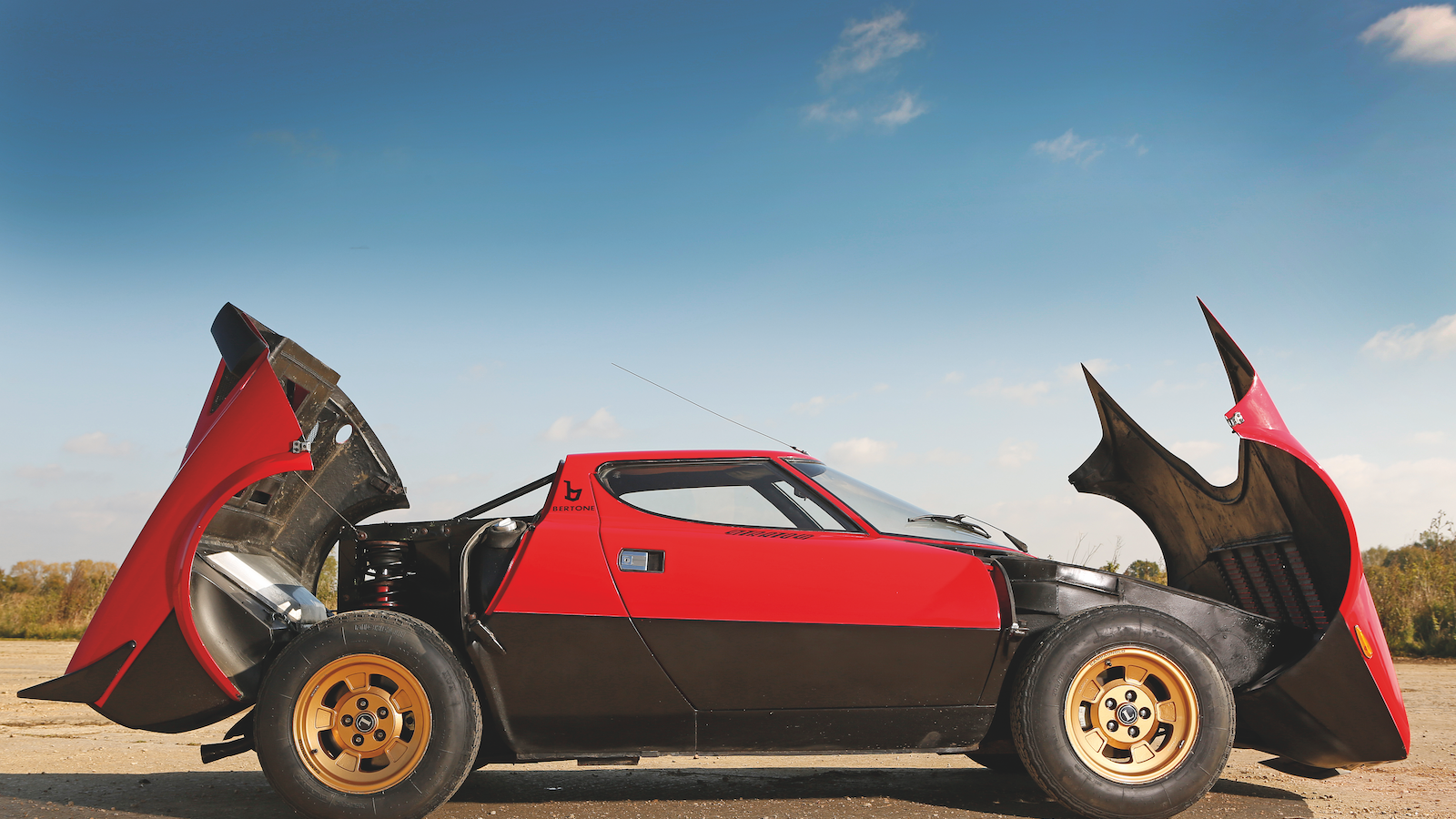 © Classic & Sports Car
© Classic & Sports Car -
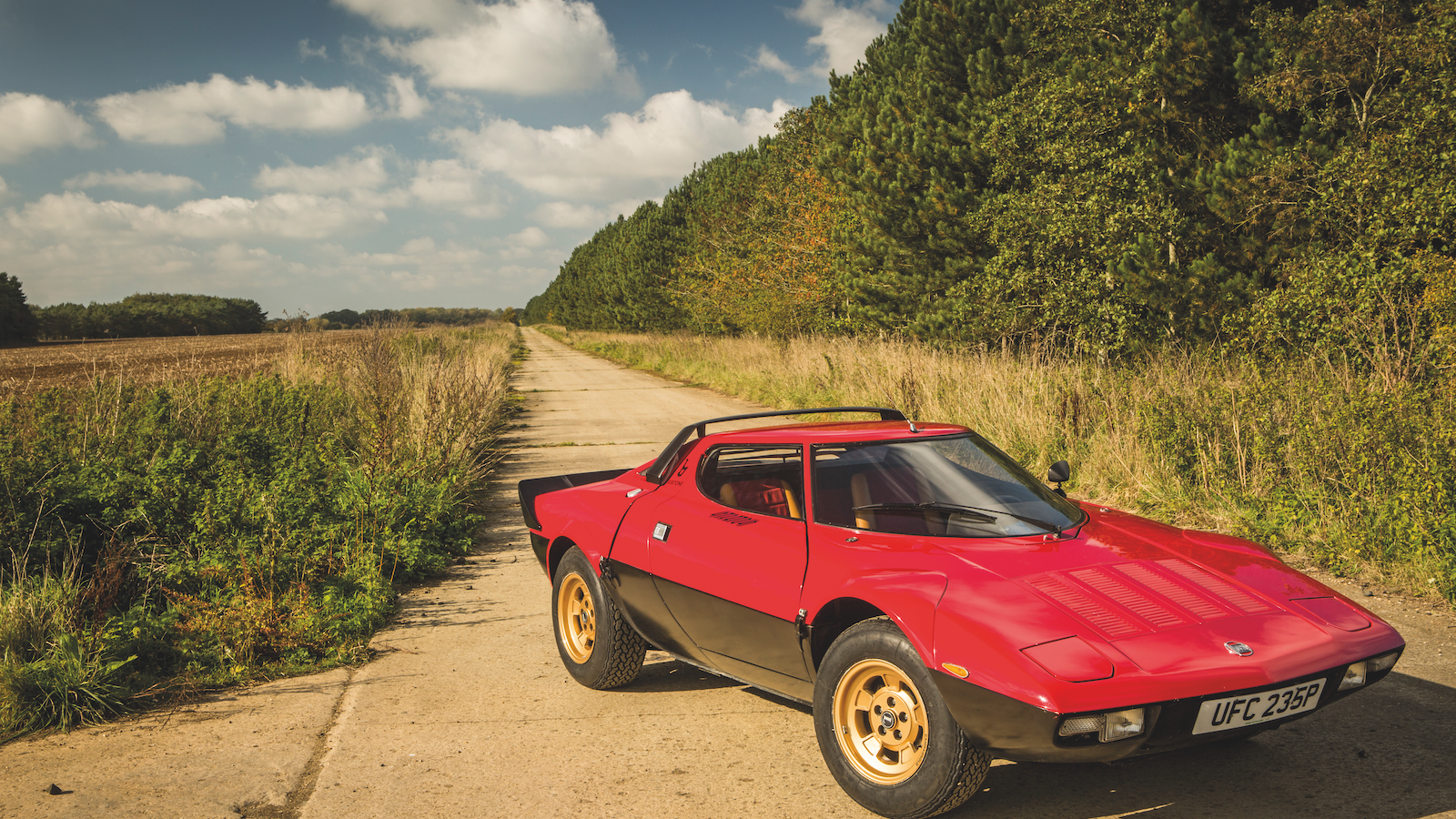 © Classic & Sports Car
© Classic & Sports Car -
 © Classic & Sports Car
© Classic & Sports Car -
 © Classic & Sports Car
© Classic & Sports Car
-
Round the clock (twice) success
Racing improves the breed, or so the saying goes – no arguments there. But where endurance racing is concerned, it could also be said that the breed improves the racing. Or at least the sheer variety of breeds improves the racing.
And nowhere has that been more obvious than in the Le Mans 24 Hours, which celebrates its 100th anniversary this summer.
Throughout a century of racing around the famous French race track, machinery of all shapes, sizes, power outputs and configurations has done battle, providing a spectacle that is pretty much unmatched around the world.
Better still, many of these racers were based on automobiles people could buy, or had to be sold to customers for homologation purposes.
Here are 20 sports cars that have earned their battle scars in the day-long race at Le Mans, listed in chronological order.
-
1. Chenard-Walcker Type U3 15CV Sport (1923)
The Chenard-Walcker name may have long since met its end, but the Type U3 15CV Sport model it launched in 1922 will forever have a place in the Le Mans history books, because it was the winner of the first ever 24-hour race at the circuit.
And in a further boost to the company’s reputation, a second entry finished in the runner-up spot, while a third car ended the race in seventh place.
-
Chenard-Walcker Type U3 15CV Sport (cont.)
The winning car was powered by a 3.0-liter four-cylinder motor and driven by two of the company’s engineers. It completed the race at an average speed of 57.2mph, having traveled almost 1381 miles.
After the race, things looked good: Chenard-Walcker was France’s fourth-largest motor manufacturer in 1925.
However, after an ill-fated partnership with Delahaye, the company’s fortunes waned, and in 1950 the owners sold everything to Peugeot.
-
2. Bentley 3 Litre (1924)
Bentley always believed that bigger was better, and its 3 Litre model (to use the spelling of the British company) was much larger and heavier than its contemporaries at Le Mans.
Indeed, rival Ettore Bugatti was moved to call the car “the fastest truck in the world”.
Engineer WO Bentley developed a 3.0-liter engine that had four valves per cylinder and two spark plugs per cylinder. It also used advanced materials, including aluminum and magnesium.
-
Bentley 3 Litre (cont.)
A Bentley 3 Litre driven by adventurer John Duff and works driver Frank Clement finished fourth in the first-ever Le Mans 24-hour race in 1923, setting the fastest lap along the way. And this despite suffering a hole in the gasoline tank during the race.
The two drivers returned in 1924 with full Bentley factory support, and duly took the overall win.
Indeed, a Bentley 3 Litre also won the race in 1927, even though a crash that also involved two works Bentleys left it with a bent chassis and steering.
-
3. Alfa Romeo 8C LM (1931)
Talk about going on a run. Alfa Romeo turned up to the 1931 Le Mans race with its new 8C model, which featured a straight-eight engine configuration.
It was, in effect, two four-cylinder engines grafted together, so had two engine blocks, alloy cylinder heads and could generate 155bhp. Top speed was 125mph – rapid.
Alfa entered two works cars in 1931, while a third was entered by Englishmen Lord Howe and Sir Henry Birkin, albeit with assistance from Alfa.
-
Alfa Romeo 8C LM (cont.)
In the end, it was the Howe/Birkin car that triumphed, a full 70 miles ahead of its nearest rival, a 7.1-liter Mercedes-Benz SSK.
Then in 1932 Alfa 8C cars took the top two spots on the podium, then in 1933 all three steps.
The following year, another Alfa Romeo 8C, this time with 180hp, won the Le Mans race, more than 112 miles ahead of the second-placed Riley.
-
4. Bugatti Type 57G Tank (1937)
The Type 57 was produced by French manufacturer Bugatti from 1934 until 1940. It was for those who wanted to travel a long way in a short time, in luxury.
It was not aimed at racers, but Bugatti wanted to win at Le Mans, so a car designed to travel a long way quickly seemed like a good place to start.
The company then built the Type 57G Tank, which featured fully enclosed aerodynamic bodywork to give the car a high top speed on the long straights of the Le Mans circuit.
-
Bugatti Type 57G Tank (cont.)
The car had already won the French Grand Prix at Montlhéry in 1936. It was ideally suited to Le Mans and claimed the top prize at the 1937 edition, with an average speed of 85mph.
The Bugatti then won the race again, in 1939, driven by Jean-Pierre Wimille and Pierre Veyron, across 248 laps, the greatest distance yet covered in the event.
-
5. Ferrari 166MM (1949)
Until 1949, only one Italian manufacturer had won the Le Mans 24 Hours: Alfa Romeo.
However, things were about to change, because an upstart manufacturer with the name Ferrari had produced a car that already taken victory in the Targa Florio and Mille Miglia.
Then along came the 1949 Le Mans race, and a 2.0-liter V12 Ferrari 166MM owned by Peter Mitchell-Thomson (aka Lord Selsdon) triumphed, piloted by American Luigi Chinetti and Lord Selsdon himself.
-
Ferrari 166MM (cont.)
It wasn’t an easy win, because for the last quarter of the race the Ferrari was suffering a slipping clutch, which slowed its pace dramatically.
Eventually Chinetti took the checkered flag only a little more than a lap ahead of the second-placed Delage D6S-3L of Henri Louveau.
But that was the start of a remarkable story for both Ferrari and Le Mans.
-
6. Talbot-Lago T26 Grand Sport (1950)
It wasn’t looking good for Talbot-Lago in practice for the 1950 Le Mans race, because the Ferrari contingent (of which there were five) was significantly faster around the lap.
And so it proved early on, as the Ferraris pulled away, but over the course of the race all the Prancing Horses were afflicted by one malady or another, and eventually all retired.
Meanwhile, the Talbot-Lago cars kept going, and eventually finished first and second, and did so by completing exactly twice the number of laps that the winning car managed in the first Le Mans event in 1923.
-
Talbot-Lago T26 Grand Sport (cont.)
It was a remarkable turnaround for a company that had gone bust in 1936 and been subject to a management buyout under managing director Antonio Lago.
Unfortunately, the racing success couldn’t keep the company afloat, and even in 1951 production was sporadic at best. The Talbot-Lago brand was sold to Simca in 1959.
-
7. Jaguar C-type (1951)
The Jaguar C-type was officially known as the XK120-C, with the C standing for ‘competition’.
It was based on the elegant roadgoing XK120, but with wind-cheating bodywork wrapping the well-proven oily bits.
The formula worked well, because the C-type was quick and tough enough to win the Le Mans 24-hour race in 1951, which was the car’s competitive debut.
Then it repeated the feat in 1953.
-
Jaguar C-type (cont.)
The car was notable because of its use of four-wheel hydraulic disc brakes, which resisted fade much better than the drums set-up used by rivals, allowing the drivers to brake harder and deeper into each corner.
It was a huge performance advantage, helping it to both its victories at the Circuit de la Sarthe.
-
8. Mercedes-Benz 300SL (1952)
As you would expect of a car with the words ‘Sport Leicht’ in its name, the Mercedes-Benz 300SL had lightness as one of its key ingredients.
To achieve that, designer Rudolf Uhlenhaut developed a lightweight tube-frame chassis that was exceptionally stiff.
The use of this chassis also gave rise to what has become the SL’s trademark, because large bulkheads running down each side of the car necessitated the use of gullwing doors instead of conventional items.
-
Mercedes-Benz 300SL (cont.)
The 3.0-liter straight-six engine was also canted at an angle, which allowed the car to have a very low frontal area, further improving aerodynamics.
Indeed, the car had a drag coefficient of just 0.25Cd, which was remarkable. Remember that the 1982 Audi 100’s main selling point was its drag coefficient of 0.30Cd and you can start to see how good the 300SL was.
The car was a success, winning the Le Mans 24-hour race at its first attempt, and was the basis of the roadgoing version that appeared in 1954, and which has become an automotive icon.
-
9. Jaguar D-type (1954)
Ah, the famous lines of Jaguar’s D-type. The company wanted to win Le Mans once more, and so designed the D-type specifically to achieve that aim.
The car’s underside was made to be as aerodynamic as possible, to give the car a high top speed, while the now-famous vertical fin behind the driver was engineered to provide stability.
Jaguar’s efforts certainly paid fruit because the D-type won Le Mans in 1955, ’56 and ’57. However, a rule change in 1958 limiting engines to 3.0 liters clipped the Jag’s wings, and it proved unreliable.
-
Jaguar D-type (cont.)
Jaguar (temporarily) retired from racing in 1956, so converted its unfinished D-type models into road cars, called the XKSS.
These featured a passenger seat, full-width windshield, a fully trimmed interior and a folding hood. And not only was it stunning to behold but it was also eligible for production sports car races in America.
More’s the pity that a fire at the company factory destroyed nine examples plus all the tooling.
-
10. Lotus Elite (1957)
Although primarily designed as a road car, the Lotus Elite also excelled on track.
It was highly unusual for the time in having a glass-reinforced plastic monocoque instead of a separate chassis and body. The body was light and strong, with notable crash-protection properties.
Lotus was becoming well-known in the racing arena, and the Elite did nothing to harm its reputation. The car scored notable successes at Le Mans, taking six class victories, including the Index of Thermal Efficiency prize.
-
Lotus Elite (cont.)
In addition, British racer David Hobbs fitted an automatic gearbox to his Elite in 1961 and promptly went on to take 15 victories from 18 starts in international, national and club events in ’61 and ’62.
Lotus did also go after the overall victory at Le Mans with an Elite in 1960, and its more powerful 2.0-liter Coventry Climax engine allowed a top speed of 174mph.
However, driver Innes Ireland was unhappy with the car’s handling and his mood was further exacerbated by an injury to a friend in practice, so he pulled out of the race, and the entry was canceled.
-
11. TVR Grantura (1963)
The TVR Grantura was the first sports car to appear from the company’s factory in Blackpool, and was available as both a fully assembled machine or as a kit.
It was punchy and light, so had the right ingredients to be a truly fun road car.
In 1962, TVR came up with a new tubular chassis and modern coil-sprung suspension, and went racing with it, in the Le Mans 24-hour event.
-
TVR Grantura (cont.)
Up front was a 1622cc engine from the MGA, which was fed by twin carburetors.
Unfortunately, the Le Mans aspirations came to nothing, because as brisk and nimble as the lightweight machine was, it fell victim to an overheating engine.
Nevertheless, the Grantura proved popular as a road car, with sales measuring in the hundreds, and setting TVR off on a path that would only end in the early 2000s.
-
12. Shelby Cobra (1963)
The British AC Ace was already a bit of a stunner, but as everyone knows, in America “there ain’t no substitute for cubes”.
So Carroll Shelby wrote to AC to ask if an Ace chassis could be modified to accept a V8 engine.
The company duly obliged, and the car was designed around the 3.6-liter Ford Windsor V8. However, by the time Shelby actually received the modified car the engine from Ford had been increased to 4.3 liters, so the Cobra was born.
The first 75 cars featured this 4.3-liter unit, after which the engine was further increased to 4.7 liters.
-
Shelby Cobra (cont.)
Despite numerous race successes around the world, the Shelby Cobra never won the Le Mans 24 Hours – it wasn’t quick enough in a straight line.
The car’s shortcomings forced a rethink, and the Shelby Cobra Daytona was born, complete with a top speed 20mph higher than the Cobra could manage. It won its class at Le Mans in 1964, finishing fourth overall.
And of course, it remains one of the most recognizable shapes on the road today.
-
13. Porsche 904 (1965)
In the 1950s, Porsche (along with Cooper) was a bit of a pioneer, because it forged ahead with a mid-engined layout for its GT cars while many others remained sceptical.
Then in 1962 Porsche decided to quit Grand Prix racing and focus on sports cars, with the 904 as its latest product.
Homologation rules meant that Porsche designed the car as a road car, complete with a heater and a full interior.
-
Porsche 904 (cont.)
This dictated that a costly spaceframe chassis was not the way to go, so the company made a pressed-steel chassis, to which it bolted and bonded a fiberglass bodyshell.
The car was the first roadgoing closed-roof mid-engined Porsche.
The 904’s best result at Le Mans was fourth overall in 1965, with another 904 one place further back, although it won the 1964 Targa Florio and finished second in the 1965 Rallye Monte-Carlo.
-
14. Ford GT40 MkIII (1967)
The story of the Ford GT40 is legendary. Ford wanted to win at Le Mans, and in 1963 was intent on buying serial-winner Ferrari (which won the race from 1960 to ’65) to do it.
But Ford’s advances were shunned by Enzo Ferrari at the last minute, and after Ford had spent a small fortune assessing the Ferrari operation.
An enraged Ford vowed revenge, and so engaged Lola boss Eric Broadley and former Aston Martin team manager John Wyer to develop its own Le Mans contender, the GT40.
-
Ford GT40 MkIII (cont.)
After poor results in 1964, Carroll Shelby was brought in to run the project.
Over the course of the next few years, the project advanced and results came, until the car won at Le Mans in 1966, ’67, ’68 and ’69.
Ford wanted to make the most of the success, and so a roadgoing version was commissioned, called the MkIII. This was offered with either right- or left-hand drive, road-biased suspension and more noise insulation.
-
15. Corvette Stingray C3 (1972)
When is a Corvette not a Corvette? When it’s a Ferrari. Sort of.
In 1972, Corvette and Goodyear wanted a Stingray in the race, but the car wasn’t eligible. So, they built up an eligible car from a wrecked 1968 model, then got the North American Racing Team (NART), run by former Ferrari driver and Le Mans winner Luigi Chinetti, to enter it under a spot for a reserve car.
The stipulations were that the car had to be painted red and had to have the Prancing Horse NART logo on its doors.
-
Corvette Stingray C3 (cont.)
In the run up to the race, there were problems.
Le Mans cars had to carry a spare tire, but the Corvette didn’t have one. One obtained from a nearby policeman’s Peugeot ensured the car complied with the rules – just.
The car completed the race, finishing 15th overall, and seventh in class. It was Corvette’s hitherto best result, and would stand as such for the next two decades.
-
16. Ferrari 365GTB/4 Daytona (1972)
If ever a car epitomized the term ‘grand tourer’, then the Ferrari Daytona is surely that car. It looks like the sort of car that would be perfectly happy traveling a long way at high speed.
And that’s pretty much what makes it ideal for the rigors of the Le Mans 24-hour race.
Ferrari built the competition cars in three batches of five, with later versions generating as much as 450bhp.
-
Ferrari 365GTB/4 Daytona (cont.)
The company never campaigned the car itself, preferring to sell the vehicle to private teams, but nevertheless its record at Le Mans was strong.
A Ferrari 365GTB/4 finished fifth overall in the 1971 race, and won its class in the subsequent four years.
-
17. Porsche 911 (1972)
The Porsche 911 that rolls off the production line today still has a shape that is a clear evolution of the original’s, and it has an engine mounted aft of the rear axle.
The shape and the configuration worked then, and they still work now.
-
Porsche 911 (cont.)
In 1972, Porsche was taking aim at both the overall Le Mans win and class victory in the GT category. It came so close – the Porsche 908 in the top category was third overall.
However, the 2.5-liter flat-six 911S was more successful, winning its class and finishing 13th overall.
The fact that racing improves the breed is obvious in the 911, which is one of the world’s best sports cars to this day, having been honed throughout decades on the race tracks of the world.
-
18. De Tomaso Pantera (1974)
The De Tomaso Pantera was a real looker from the get-go, only gaining huge wheelarches and a massive rear wing in its later years.
But until then it looked every bit the svelte but temperamental Italian supercar.
Which was ironic, given that it was actually powered by a 5.8-liter Ford-sourced V8.
-
De Tomaso Pantera (cont.)
However, where racing was concerned, Ford wasn’t interested in supplying engines, so De Tomaso sourced tuned motors from US engine builder Bud Moore.
The project had difficulties, most notably around engine unreliability and chassis flexing. The car was also given a weight penalty for Le Mans.
Nevertheless, a privateer team took the car to 16th overall and seventh in class in the 1972 Le Mans 24-hour race.
-
19. Lancia Stratos (1976)
The Iron Dames team is currently setting new records in sports car racing.
In 2022, the all-female squad took not only a pole position, but also became the first all-female line-up to step on to a World Endurance Championship podium, then won the Gold Cup in the 24 Hours of Spa – and became the first all-female team to claim victory in the European Le Mans Series.
But Iron Dames has a lot to thank Team Aseptogyl for.
-
Lancia Stratos (cont.)
Why? Well, back in 1976, that all-female team fielded a Lancia Stratos in the Le Mans 24-hour race for drivers Lella Lombardi and Christine Dacremont.
The Lancia Stratos was already well-known as a world-conquering rally car, having won the world championship in 1974, ’75 and ’76. But a racing car? Not so much.
At the start of the race, there were naysayers aplenty. One whole day of racing later, those detractors had been silenced, because the car finished the race in 20th place.
-
20. BMW M1 (1979)
BMW was fed up seeing Porsche get all the glory in Group 5 racing, and wanted a slice for itself.
The mid-engined M1 was the car its engineers came up with, powered by a silky 3.5-liter straight-six engine.
However, production delays hindered the project, and rule changes meant the car was reclassified in Group 4 categories.
To put the car on the radar, BMW Motorsport boss Jochen Neerpasch came up with the Procar BMW M1 Championship, which featured identical M1 cars driven by star drivers such as Niki Lauda and Nelson Piquet.
-
BMW M1 (cont.)
A BMW M1 finished sixth at Le Mans in 1979, and remained competitive until 1986.
At the same time, it was generally agreed to be one of the most sublime road supercars yet made, with road tests of the time praising its steering, the handling and that engine.
If BMW wanted to steal some limelight from Porsche, it worked.
